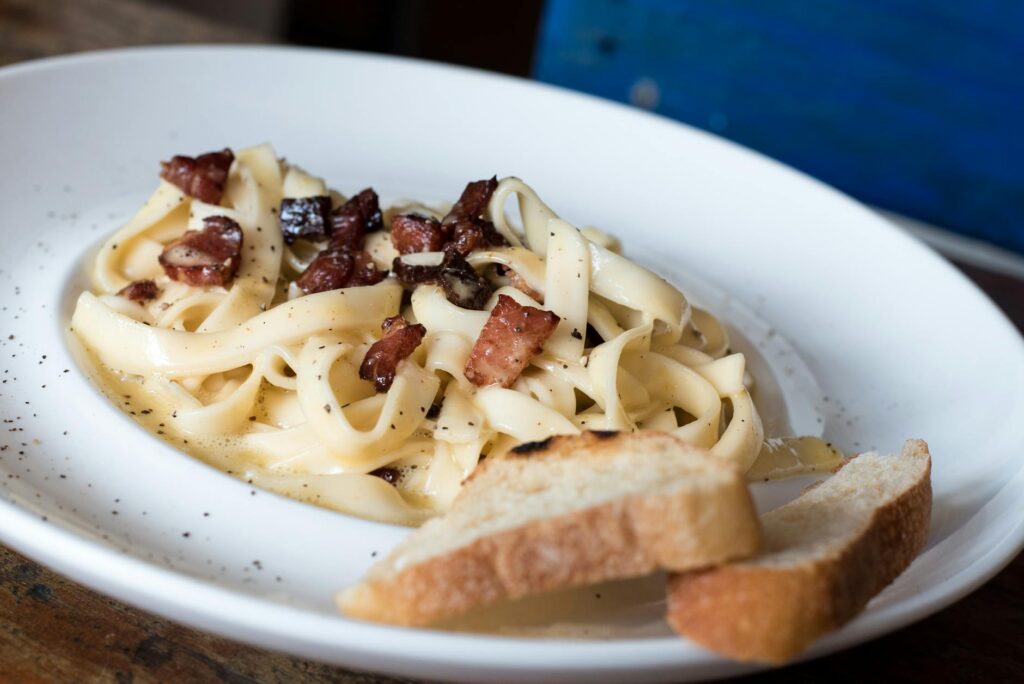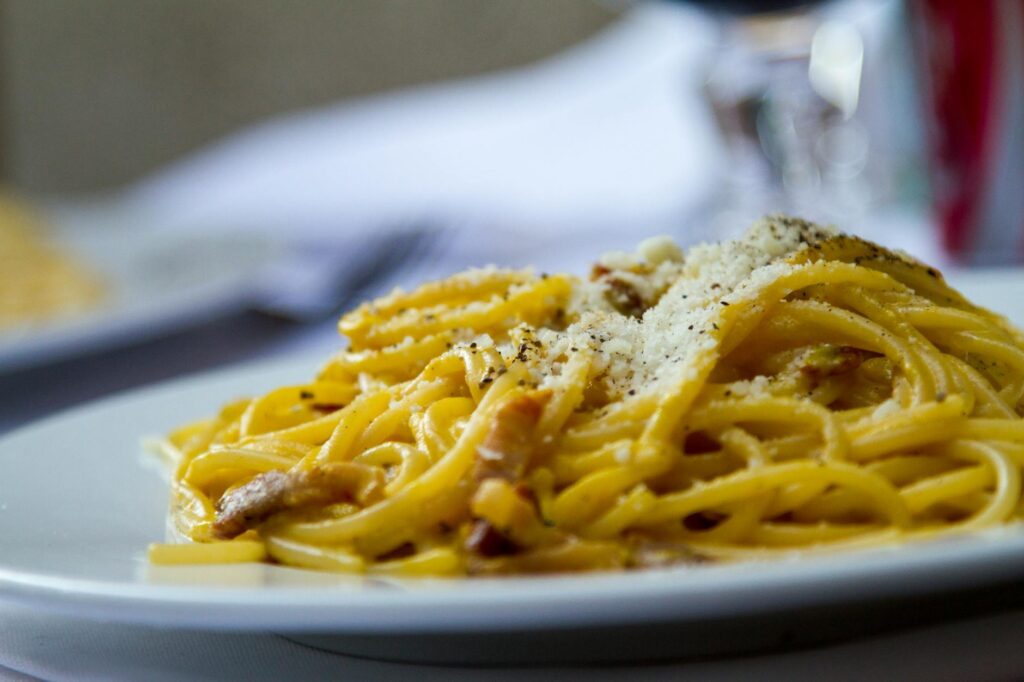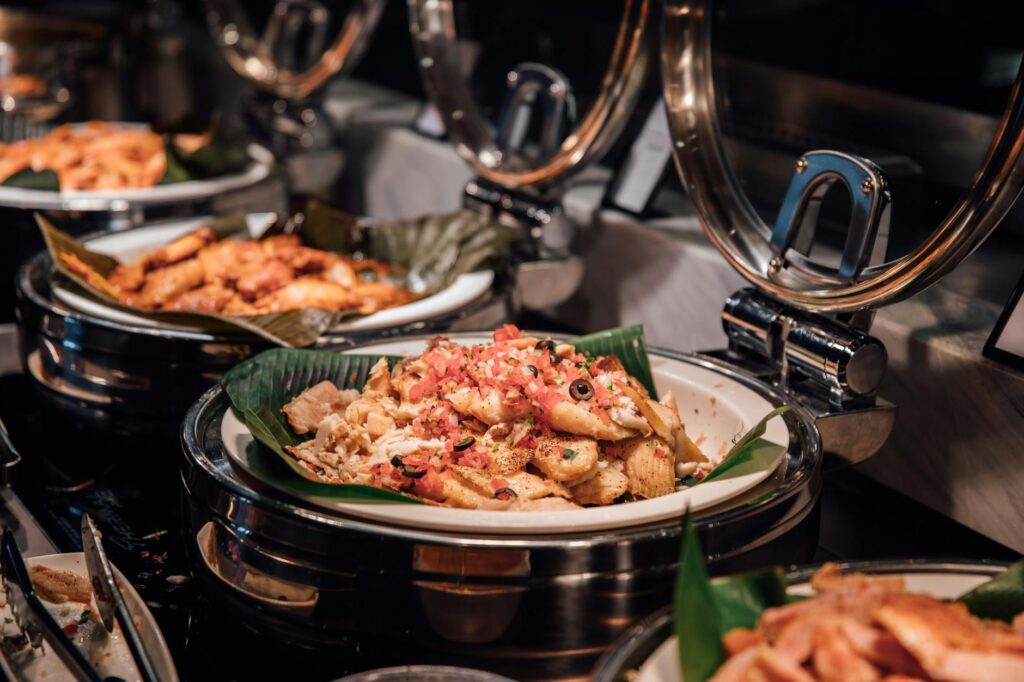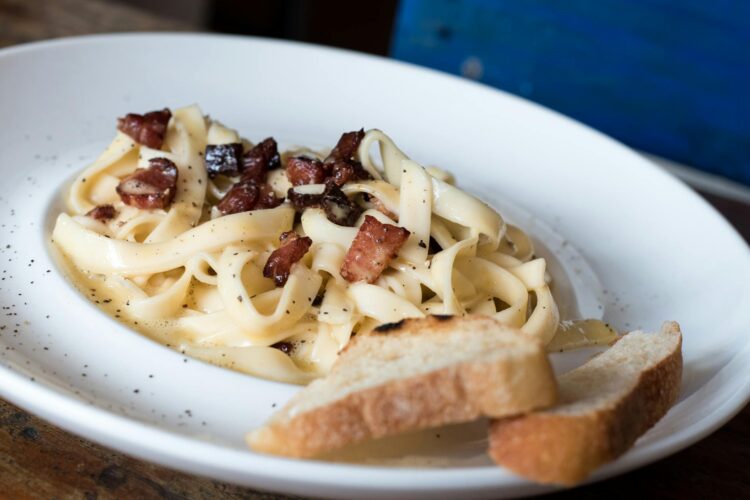Spaghetti Carbonara: the Roman classic. A dish so simple, yet so profoundly delicious, it’s a testament to the power of high-quality ingredients and perfect execution. Forget the cream – authentic Carbonara uses only eggs, cheese, guanciale (or pancetta), and black pepper. Let’s dive into the art of making this iconic pasta dish.
Understanding the Ingredients
The magic of Carbonara lies in its simplicity. Each ingredient plays a crucial role. We’ll start with the guanciale, the cured pork jowl that provides a unique salty, fatty richness unmatched by pancetta or bacon. Next is Pecorino Romano cheese – its sharp, salty bite is essential. Freshly cracked black pepper adds a powerful aromatic note. And finally, good quality spaghetti, cooked al dente, forms the perfect base for this flavorful sauce. 
The Emulsification Process: Key to Success
Many attempt Carbonara, but few truly master the delicate emulsification process. It’s not just about mixing; it’s about creating a creamy coating on the pasta without resorting to cream! The heat from the pasta and starchy pasta water work together with the egg yolks to create this magical emulsion. The key is to work quickly and efficiently, ensuring the eggs don’t scramble. We’ll cover this step-by-step below. Learn more about proper pasta cooking techniques.
Step-by-Step Carbonara Recipe
1. Cook your spaghetti al dente. Reserve about 1/2 cup of the pasta water. 2. While the pasta cooks, render the guanciale until crispy. Remove and set aside, reserving the rendered fat. 3. In a large bowl, whisk together the egg yolks, Pecorino Romano cheese, and freshly cracked black pepper. 4. Add the cooked, drained spaghetti to the bowl with the egg mixture. 5. Quickly toss everything together, adding a few tablespoons of the reserved pasta water to create a creamy sauce. 6. Stir in the crispy guanciale. Serve immediately. 
Variations and Tweaks
While tradition is important, there’s room for personal preference. Some prefer to add a touch of pasta water to thin the sauce, others like a bit more pepper. You can experiment with different types of pasta, but spaghetti is the classic choice. Check out this article for other pasta options. You can also find great recipes online like this one from The Food Network. For a vegetarian version, consider substituting the guanciale with roasted vegetables. 
Serving and Presentation
Serve your Carbonara immediately after cooking. The creamy sauce is best enjoyed while still warm. Garnish with extra Pecorino Romano and freshly cracked black pepper. A simple sprinkle of parsley adds a touch of freshness. For a truly authentic experience, consider serving it in a shallow bowl to highlight the beautiful, creamy sauce and perfectly cooked pasta. See our guide on plating pasta dishes.
For the best results, use high-quality ingredients. This simple dish really highlights the quality of the ingredients you use, so don’t cut corners! Find the best Italian ingredients here.
Conclusion
Making a truly authentic Spaghetti Carbonara is easier than you think. With a little practice and attention to detail, you’ll be able to create a dish that will impress even the most discerning palates. Remember the key elements: perfect pasta, quality ingredients, and a quick, efficient emulsification. Buon appetito!
Frequently Asked Questions
Is cream necessary in Carbonara? No, authentic Carbonara does not contain cream. The creamy texture comes from the emulsification of egg yolks, cheese, and pasta water.
What kind of cheese should I use? Pecorino Romano cheese is traditional and essential for the sharp, salty flavor.
Can I use bacon instead of guanciale? While you can use pancetta, bacon won’t provide the same unique flavor as guanciale.
How do I prevent the eggs from scrambling? Work quickly, using the residual heat from the pasta and the starchy pasta water to cook the eggs gently.
What if my sauce is too thick? Add a little more pasta water, a tablespoon at a time, until you reach the desired consistency.
